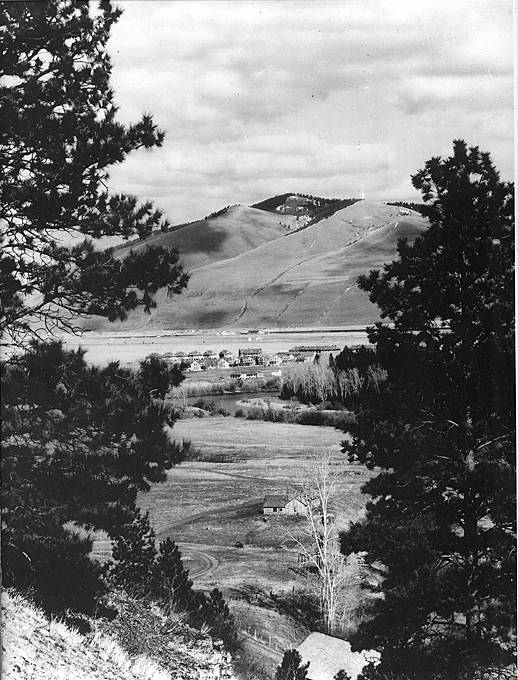History of
NRHC and Fort Missoula
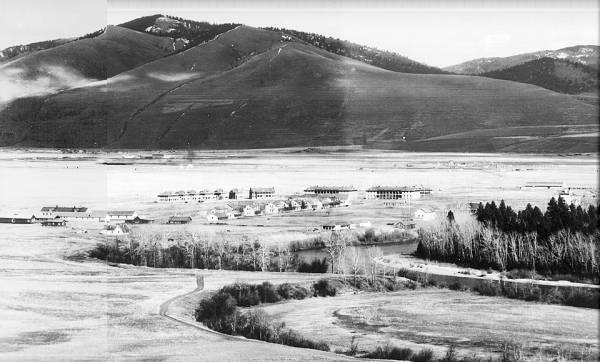
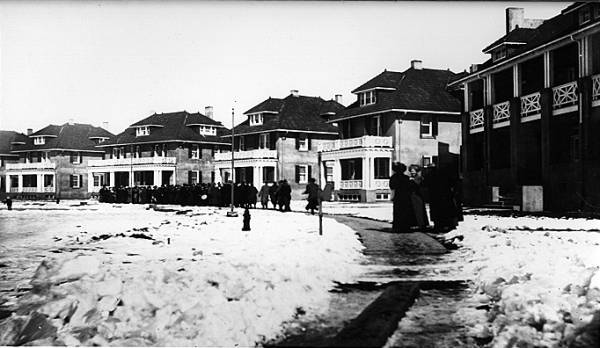
Preserving Fort Missoula
The physical property of Fort Missoula is comprised of nineteen historic buildings, formal open spaces, multiple tree-lined roads, and a small military cemetery, all on the National Historic Register.
In April 2000 the Northern Rockies Heritage Center received formal title to 16 acres and thirteen Historic Register buildings at Fort Missoula. The historic area now owned and supervised by NRHC includes seventeen acres upon which resides “Officers’ Row”—eight elegant buildings constructed in the early 1900’s for military headquarters and officers’ residences— arranged in an arc around a parade ground.
The campus also includes:
- the parade ground;
- carriage houses;
- the original water tower;
- the imposing Post Headquarters building;
- and the original stone powder magazine built in 1878.
United States Army
Division
Open Fort
OUR MISSION
We Need Your Help to Preserve History
The various periods of development at Fort Missoula are reflected in its well-preserved architecture, illustrating several periods of American West settlement. The five periods of building activity are identified in the following order:
Military History
Fort Missoula is one of Montana’s most visible and accessible links to America’s wars and battles. The Fort was founded in 1877 when two companies of the U.S. Army’s Seventh Infantry were stationed here for action in the Indian Wars, including the forced surrender of Chief Joseph and the Nez Perce tribe. During the 1880’s and 1890’s, the historically acclaimed 24th and 25th Black Infantry Regiments were garrisoned at the Fort. By 1915 construction was completed on the “New Post” area, which incorporated Mission Revival style architecture and a major expansion of the Fort’s size.
During World War I, the Fort was used as a training school for Army auto mechanics. This period’s redesign and the Fort’s scenic mountain locale earned it the name “The Million Dollar Post.” The new post hosted the Fourth Infantry Regiment, which in turn supervised Civilian Conservation Corps (CCC) workers during the Great Depression. Among the CCC ranks were two future Generals, Walter M. Johnson and M. Y. “Bo” Foster, who later distinguished themselves during the Normandy and Anzio Campaigns of World War II. (NRHC is honored to have Gen. Foster as a founding member of the Board of Directors.)
The upheavals of World War II involved Fort Missoula directly. The Fort served as an internment camp for Italian detainees and Japanese-American citizens. The Historical Museum at Fort Missoula (a separate nonprofit organization) features several exhibitions of restored Japanese and Italian Internment Camp barracks. For a time, the Fort was the site of a military prison, where deserters and other military prisoners were held. After 1947, the Fort continued as a base for Army National Guard and Naval Reserve units until the facility was closed under the Base Realignment and Closure Act (BRAC). The National Guard continues to own and operate several facilities within the Fort’s property.
The 1st Battalion of the 4th Regiment was stationed at the Fort from 1921 to 1941. Two battalions of the 4th were in the Baghdad campaign in the spring of 2003. The 4th Regiment’s colors match the colors on the NRHC site. (Find more Fort Missoula millitary history at the Rocky Mountain Museum of Military History.)
Missoula's First Aviation Event
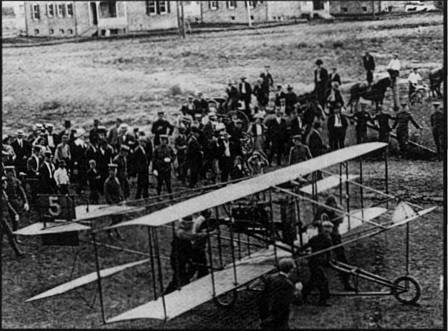
25th Infantry Bicycle Corp
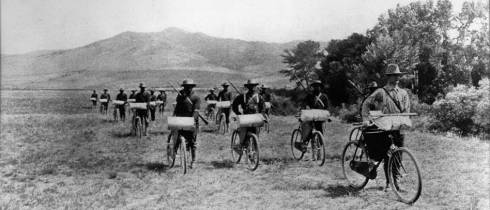
Officers' Quarters view from Blue Mountain
